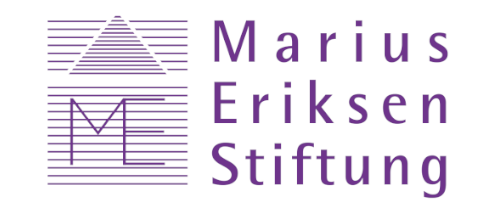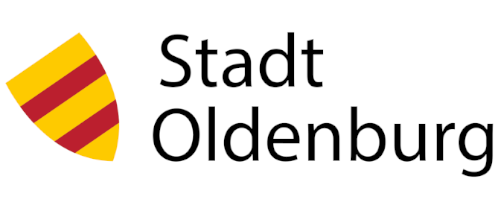World Health Assembly
The World Health Assembly is the governing body of the World Health Organization (WHO) and plays a central role in global health governance. Established in 1948, it brings together delegates from all WHO member states to formulate international health policies and address critical public health challenges.
The WHA has been instrumental in eradicating diseases, such as smallpox, and combating global health emergencies like the COVID-19 pandemic. It facilitates discussions on universal healthcare, vaccine access, and health equity, ensuring that health systems are resilient and inclusive. It also prioritizes addressing social determinants of health, such as poverty and education, to improve overall well- being.
Which leads us to this year’s topic where delegates will get to explore ways to improve the affordability and accessibility of available medical treatments. WHA plays a pivotal role in ensuring that global health remains a priority for all nations.
Topic at OLMUN 2025: Improving the Accessibility and Affordability of Medical Treatment Worldwide










